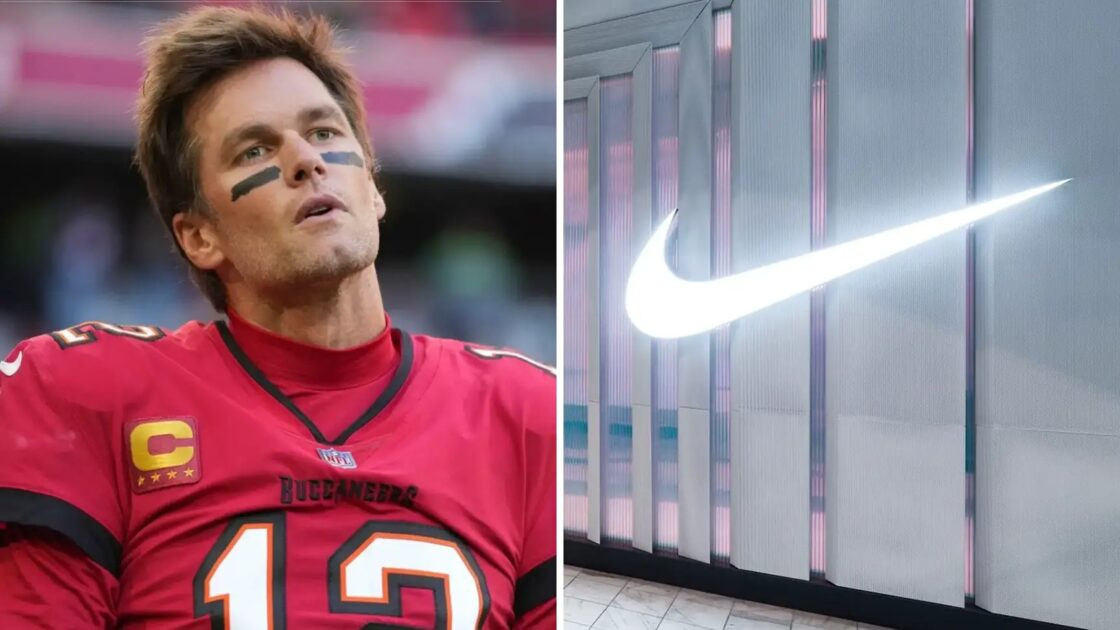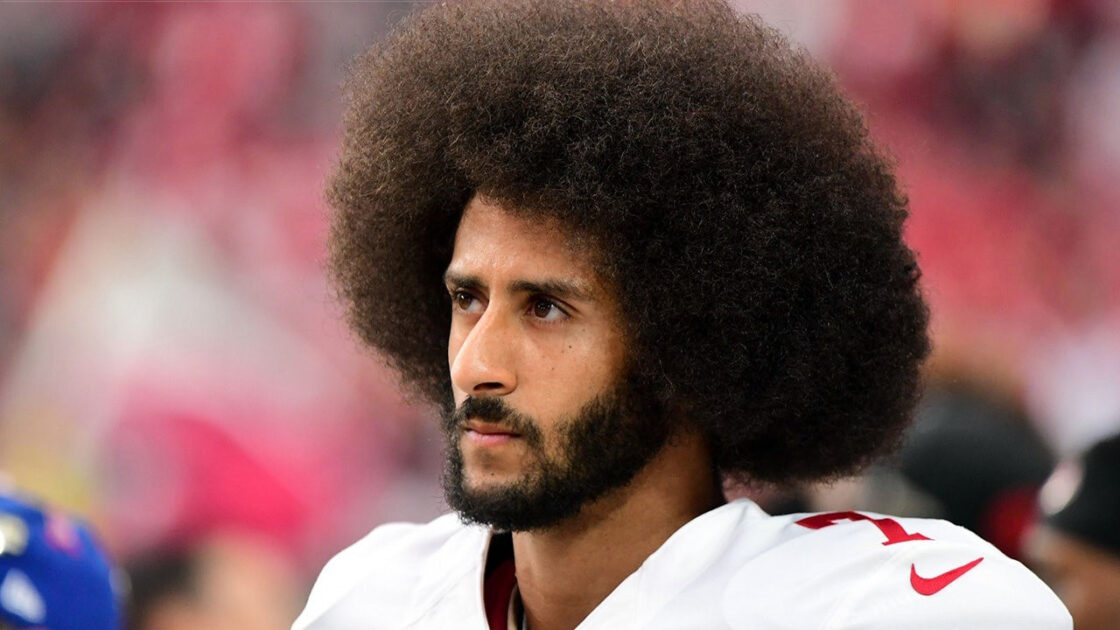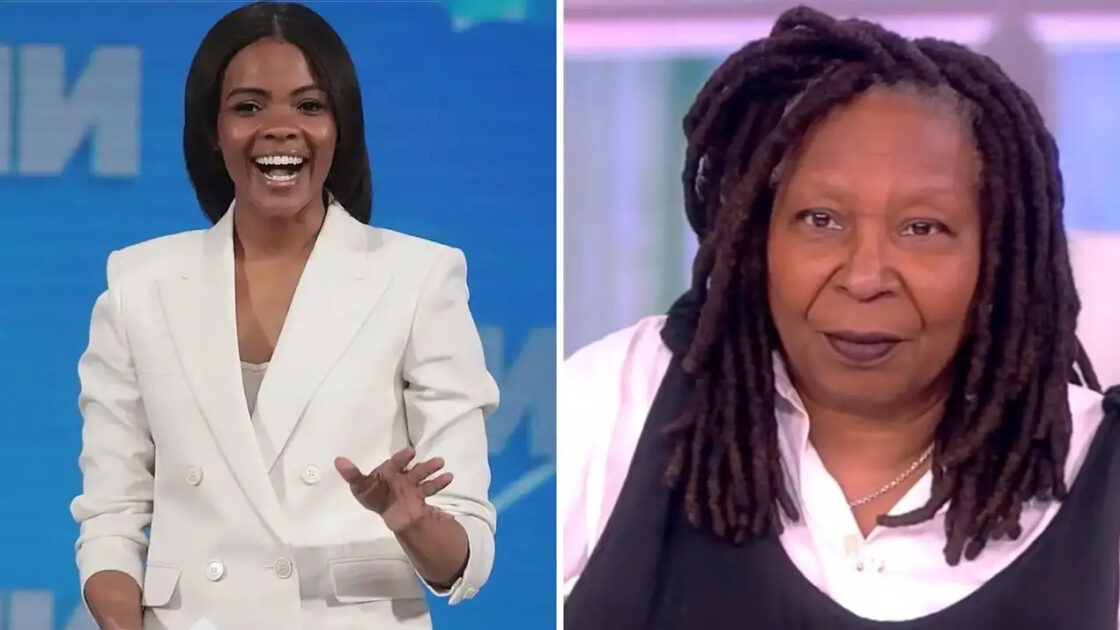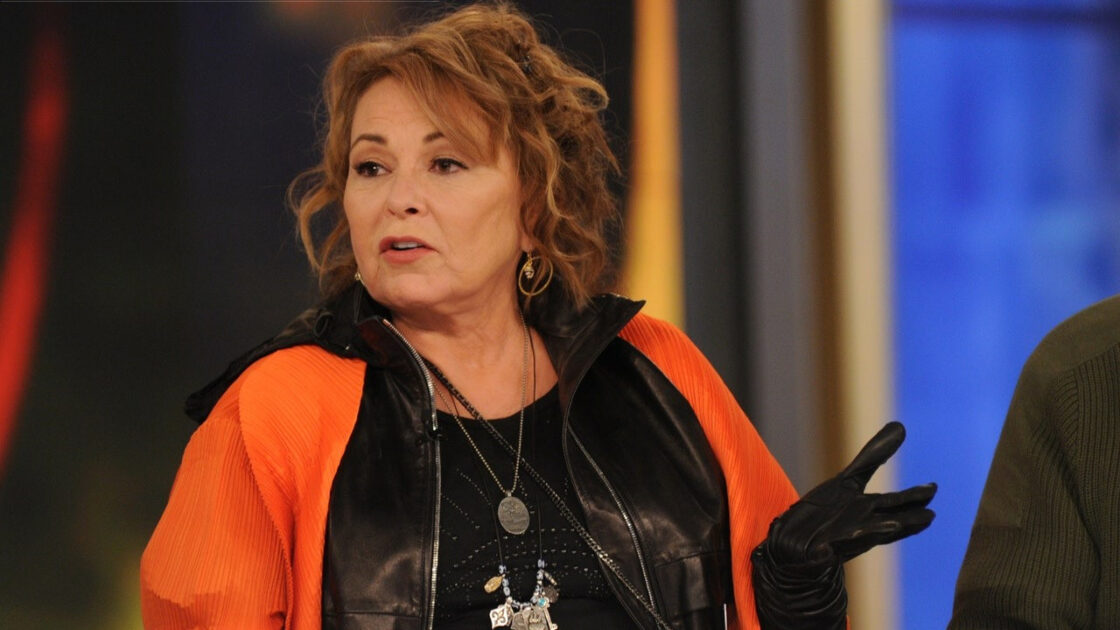The girls’ swimming team declines to participate against a biological male, stating that it is unfair.
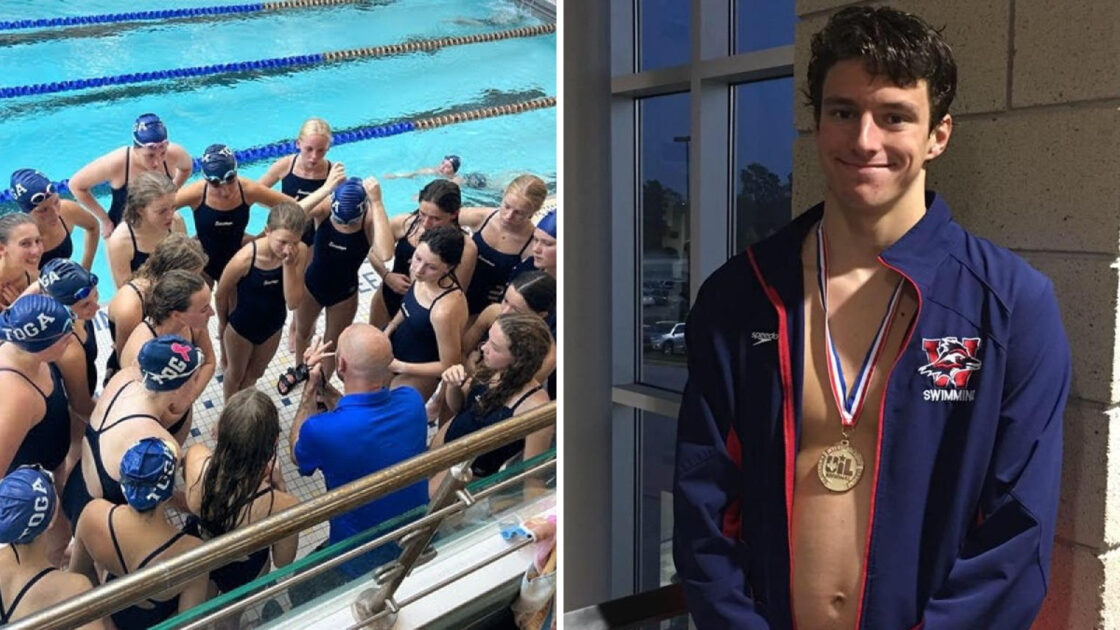
A girls’ high school swimming team has sparked renewed discussions on the intricate intersection of gender and sports by refusing to compete against a biological male swimmer, asserting that it is an unjust scenario. This decision has reverberated throughout the sports community, initiating conversations on equity, inclusivity, and the future trajectory of competitive sports.
This controversy, revolving around the involvement of transgender athletes in sports, has been a longstanding issue. Advocates for transgender rights emphasize inclusivity, supporting athletes’ right to compete in categories corresponding to their gender identity. Conversely, critics raise concerns about fairness, particularly in women’s sports, citing potential physical advantages held by athletes who experienced male puberty.
The team’s choice not to participate prompts essential questions about the definition of fair play. Is it equitable to compel young women to compete against individuals with potential physiological advantages, or is it fairer to ensure all athletes, irrespective of gender identity, have a place in competitive sports?
Biological disparities between males and females, impacting athletic performance, are well-documented. Critics argue that these differences, including muscle mass, bone density, and testosterone levels, may provide transgender women who transitioned after puberty with an unfair advantage, especially in strength and endurance-based events.
However, inclusivity is a fundamental tenet of modern sports. Excluding transgender athletes from competitions aligned with their gender identity may be viewed as discriminatory. Balancing fair competition with the rights and identities of all athletes is a delicate challenge.
The International Olympic Committee (IOC) and other governing bodies have sought to address this by implementing guidelines, often involving hormone therapy for transgender athletes. Nevertheless, the effectiveness and fairness of these guidelines remain subjects of ongoing debate.
The team’s decision sheds light on the impact of these debates on young athletes. High school sports play a pivotal role in youth development, offering lessons in teamwork, discipline, and self-esteem. When issues of fairness and inclusivity arise, young athletes become central to a complex, adult discourse.
This situation also raises legal and ethical queries. In the United States, Title IX prohibits sex-based discrimination in federally-funded educational programs. The application of this law in the context of transgender athletes is still evolving, adding a layer of complexity to the situation.
The girls’ swimming team’s action transcends a mere protest; it contributes to a broader conversation on fairness and inclusion in sports. It becomes part of an ongoing dialogue challenging society to rethink how it defines fairness, competition, and inclusivity.
As we move forward, finding a path that respects the rights and identities of all athletes while preserving the integrity of competitive sports is paramount. This requires open and uncomfortable conversations, a willingness to adapt, and a reconsideration of long-standing beliefs and practices.
The case of Lia Thomas, a transgender swimmer central to this debate, exemplifies the complexities of the issue. Her story symbolizes the broader challenges faced by sports organizations, educational institutions, and society regarding gender identity and fairness in sports.
In conclusion, the stance taken by the girls’ swimming team mirrors a larger debate encompassing not only athletes and administrators but society at large. Our responses and the solutions we devise will shape the future of competitive sports, reflecting our societal values.
In this evolving landscape, a fair and inclusive approach to competitive sports remains imperative. Listening to and considering the voices of all involved, especially the athletes, is crucial to navigating this complex issue and ensuring a just, respectful, and inclusive sporting environment for all.
